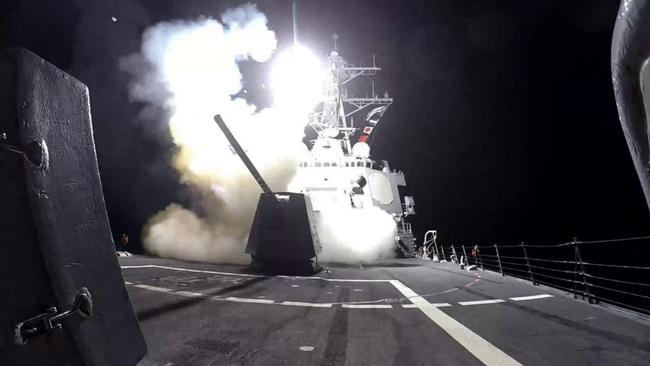LIVE
US, UK conduct fresh strikes on Houthis in Yemen
US-led coalition struck 36 targets in 13 locations, with the US warning the Iran-backed rebels they would 'continue to bear further consequences' if Red Sea shipping attacks continued.

US-led coalition struck 36 targets in 13 locations, with the US warning the Iran-backed rebels they would 'continue to bear further consequences' if Red Sea shipping attacks continued.

To join the conversation, please log in. Don't have an account? Register
Join the conversation, you are commenting as Logout